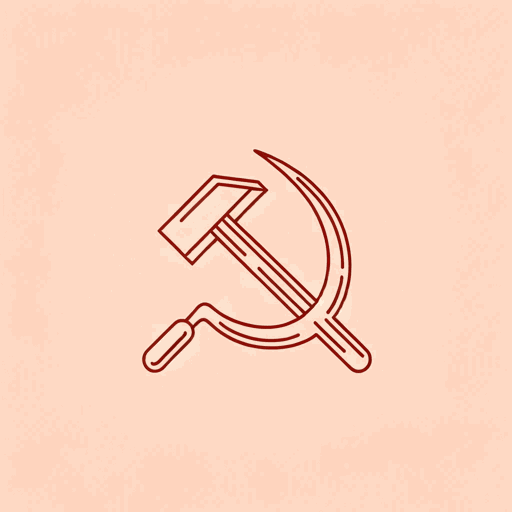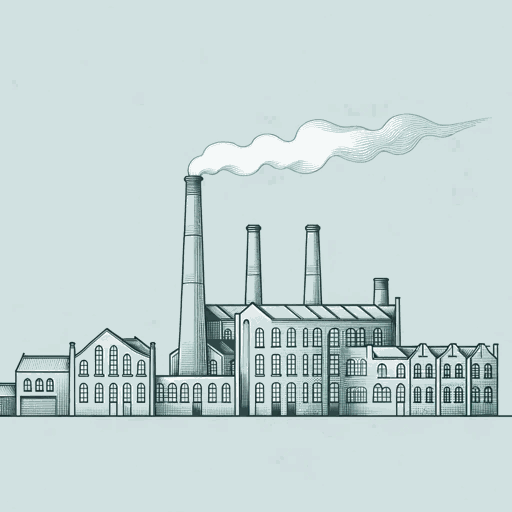31 pages • 1 hour read
Karl Marx, Friedrich EngelsThe Communist Manifesto
Nonfiction | Reference/Text Book | Adult | Published in 1848A modern alternative to SparkNotes and CliffsNotes, SuperSummary offers high-quality Study Guides with detailed chapter summaries and analysis of major themes, characters, and more.
Part 1Chapter Summaries & Analyses
Part 1 Summary: “Bourgeois and Proletarians”
A brief preamble outlines Karl Marx and Friedrich Engels’ reasons for writing the Manifesto. Various European powers have united against the “spectre” of communism, which is, to the authors, an anxiety response to the movement. This response proves that communism is a force to be reckoned with and that it is high time for Communists to lay out their philosophy and game plan.
Part 1, “Bourgeois and Proletarians,” centers on the authors’ social and political theories regarding Europe’s newly industrialized society. Class struggle has been a mainstay throughout history, they argue, but before industrialization, inequality existed on a spectrum; stages of gradation separated the most powerful citizens from the most powerless. For example, in ancient Rome, the noble class were the most powerful members of society, followed by knights, plebeians, and slaves. Marx and Engels distinguish the current age, “the bourgeoisie,” by its simplification of this spectrum. A widening inequality gap eroded the middle classes, leaving only two parties in direct conflict with each other: the ruler class (the bourgeoisie) and the working class (the proletariat).
This change was brought about by two major factors: globalization and industrialization.
Related Titles
By these authors

Das Kapital
Karl Marx

Economic and Philosophic Manuscripts of 1844
Karl Marx

Socialism: Utopian and Scientific
Friedrich Engels

The Condition of the Working Class in England
Friedrich Engels

The Eighteenth Brumaire of Louis Bonaparte
Karl Marx

The German Ideology
Karl Marx, Friedrich Engels

